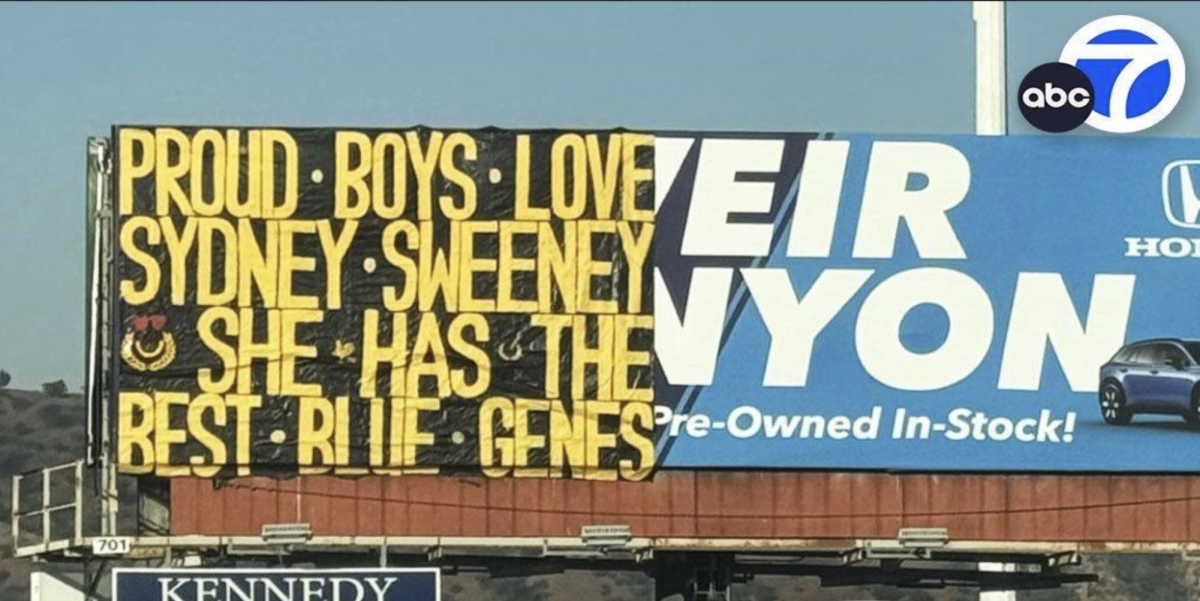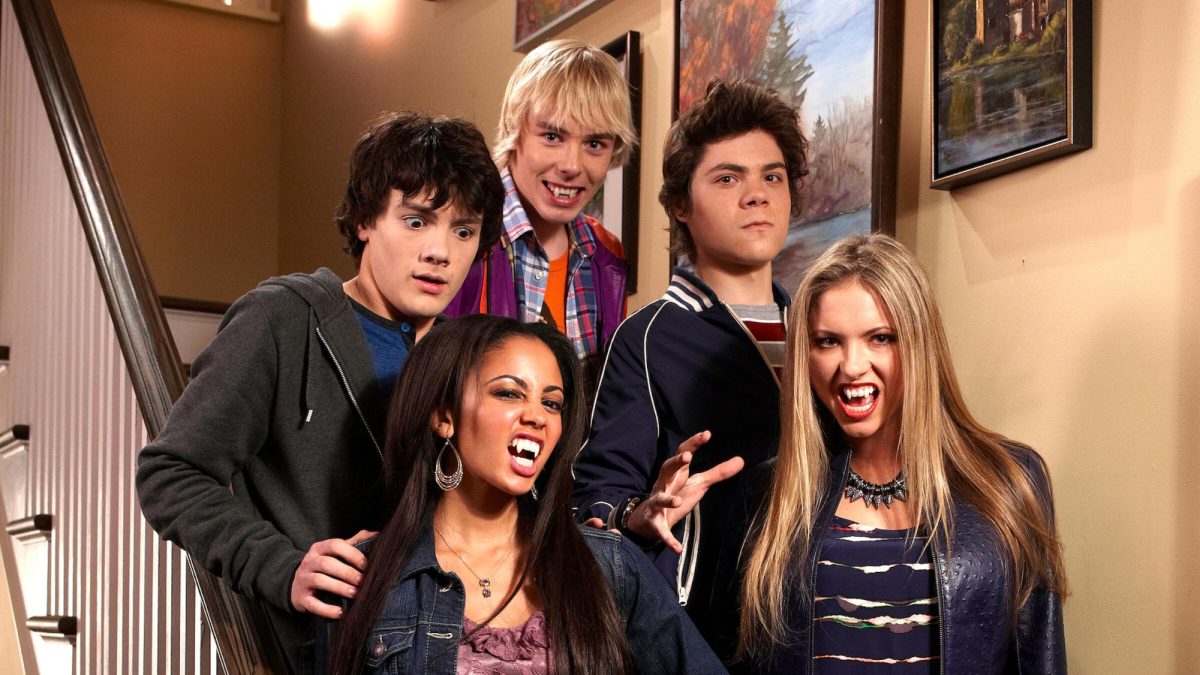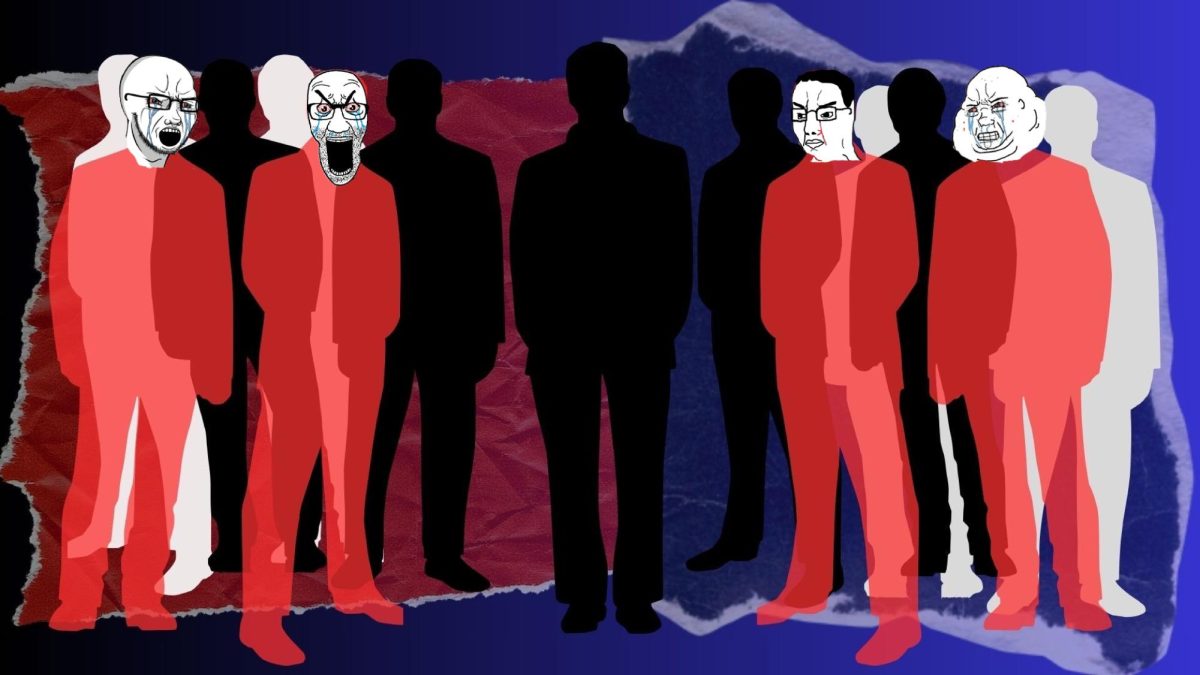On July 23, 2025, American Eagle launched one of the most controversial advertisement campaigns of the past decade.
The campaign, meant to promote American Eagle’s denim, features Sydney Sweeney—a White model infamous for her previous collaboration with Dr. Squatch, in which she advertises soap that allegedly contains traces of her bathwater—gazing at the camera and saying the following:
“Genes are passed down from parents to offspring, often determining traits like hair color, personality and even eye color. My jeans are blue.”
This is followed closely by an unseen narrator saying that Sydney Sweeney “has great jeans.”
The wordplay, however, unclever, is obvious, with “genes” and “jeans” used interchangeably. Only the included subtitles differentiate the two. Even so, the narrator means that Sydney Sweeney has great genes, a sentiment that is echoed in the accompanying billboard.
Objectively, this is true. Sydney Sweeney cleanly adheres to modern beauty standards, especially for White women. However, the prior line about her jeans/genes being blue recontextualizes the statement into something far more nefarious—and arguably eugenicist.
As defined by Merriam-Webster, eugenics is “the practice or advocacy of controlled selective breeding of human populations (as by sterilization) to improve the populations’ genetic composition,” which is chiefly “associated with Hitler, genocide and master-race theories.”
Adolf Hitler, an avid supporter of eugenics, was specifically interested in pioneering the pseudoscientific master “Aryan” race, of which the main characteristics were white skin, blonde hair and blue eyes. During the Holocaust, his supporters sought to eliminate those that did not fit these ideals, whether they be Jewish or part of another minority, as darker phenotypes were regarded as inherently lesser and “non-Aryan.”
There is no scientific basis for this race having existed from a biological standpoint; instead, the idea was rooted in toxic nationalism, with “Aryans” being required to trace their Germanic heritage back centuries for legal review.
At the time of the advertisement, Sydney Sweeney had both blonde hair and blue eyes, the latter of which was specifically called to attention.
Her phenotype is a non-issue. However, it is Sweeney’s responsibility (and American Eagle’s, by extension) to ensure that her image is not being used to promote racist ideals, especially in a period of such ardent political turmoil. The claims that the marketing team at American Eagle did not realize the deeper implications are utterly unsubstantiated, as professional designers are often subject to extensive sensitivity training. Furthermore, it is unlikely, not impossible, that none of the executives caught on, even if the marketing team failed to do so.
Critics suspect that the campaign was a deliberate attempt to appeal to conservatives. If that is the case, American Eagle certainly achieved their goal. The advertisement garnered not only an official statement from controversial President Donald Trump, but problematic responses from the far-right across America, with many claiming that the advertisement will “make commercials great again” by primarily including White individuals.
Many Democrats, on the other hand, have taken it upon themselves to boycott American Eagle. According to Retail Brew, the rate of foot traffic at American Eagle storefronts has lowered by 9%—a staggering figure given how synonymous American Eagle is with mall-going.
The Sydney Sweeney campaign represents not only the rise of the far-right, but a cultural acceptance of hate, especially when there is profit to be made. Unfortunately, American Eagle is not the only brand to play into this, and given ongoing relevancy of this campaign, is unlikely to be the last.









